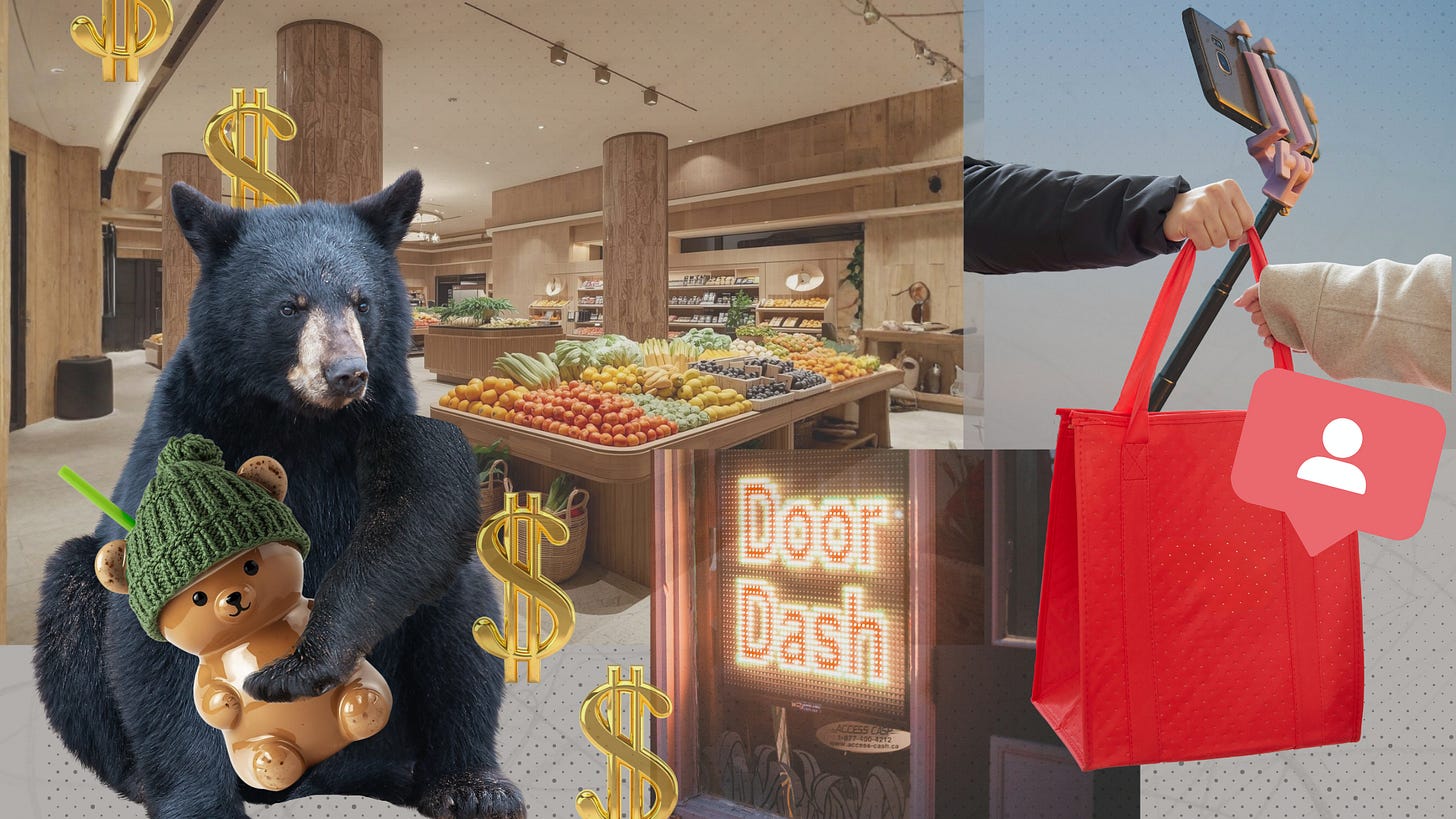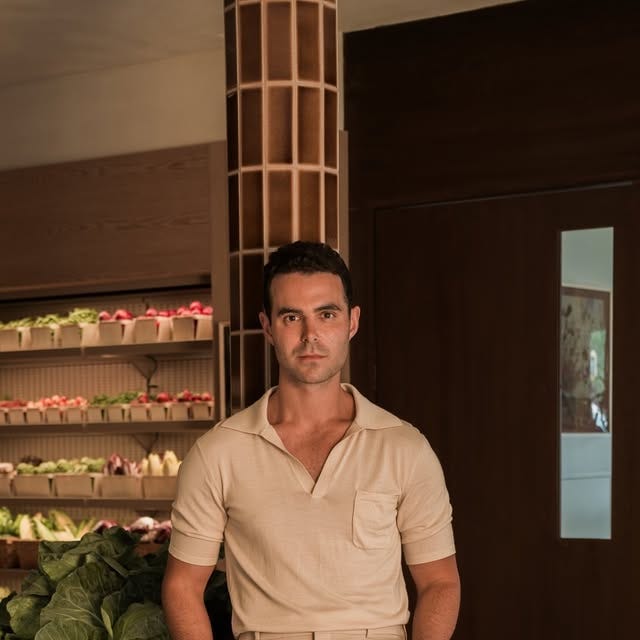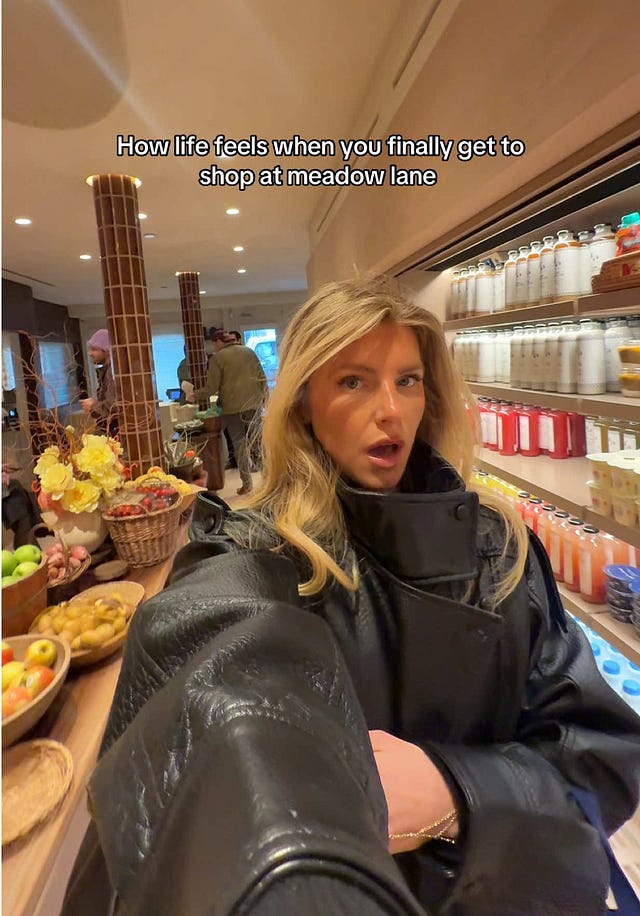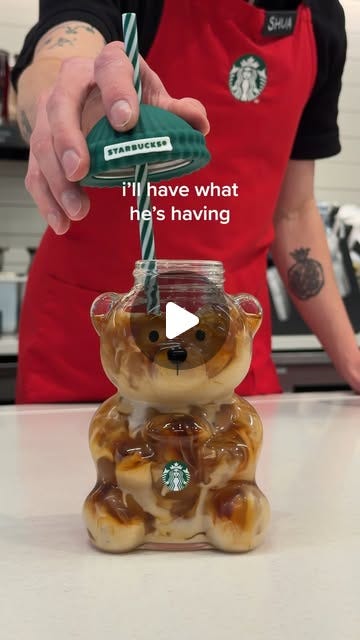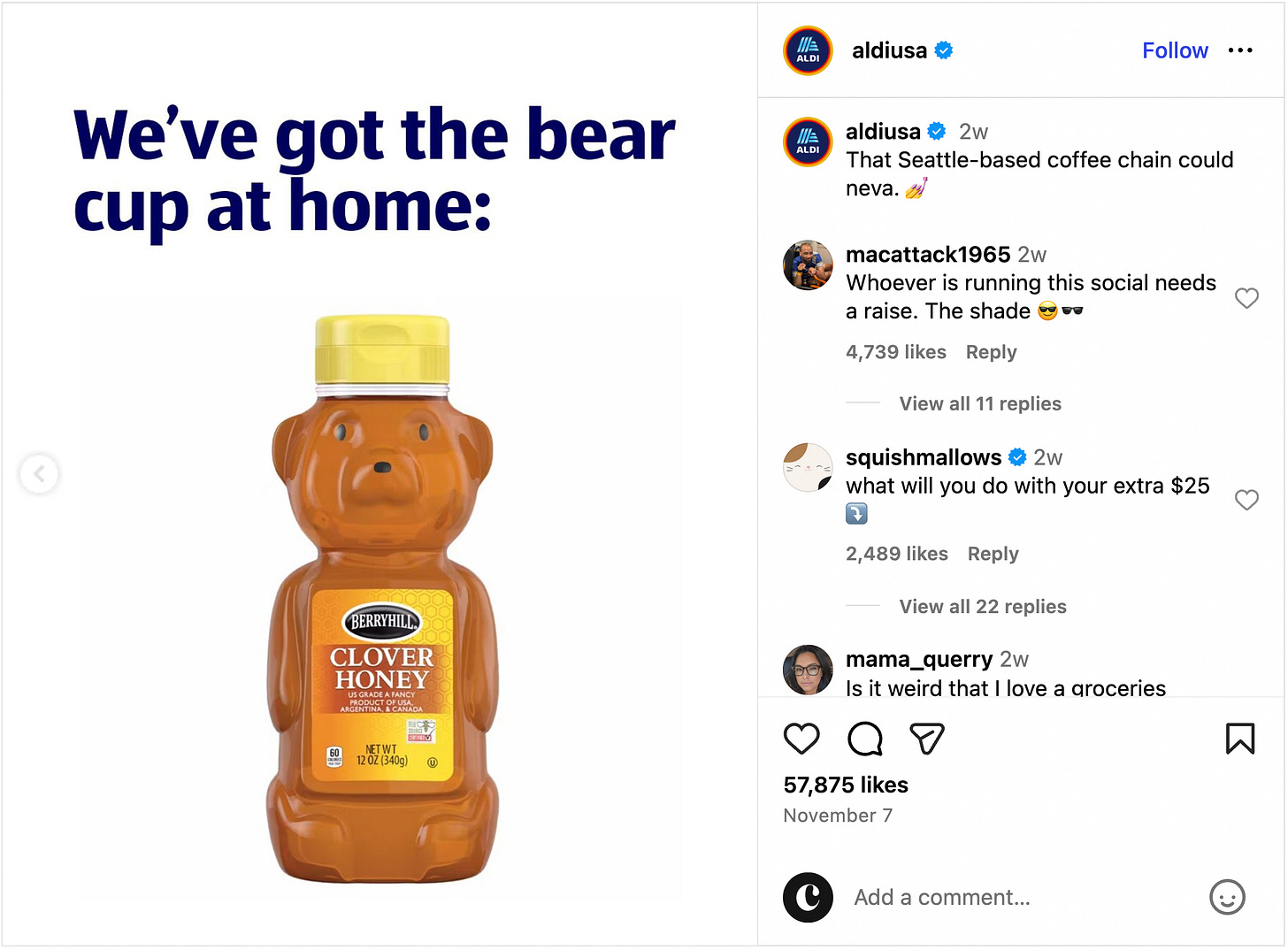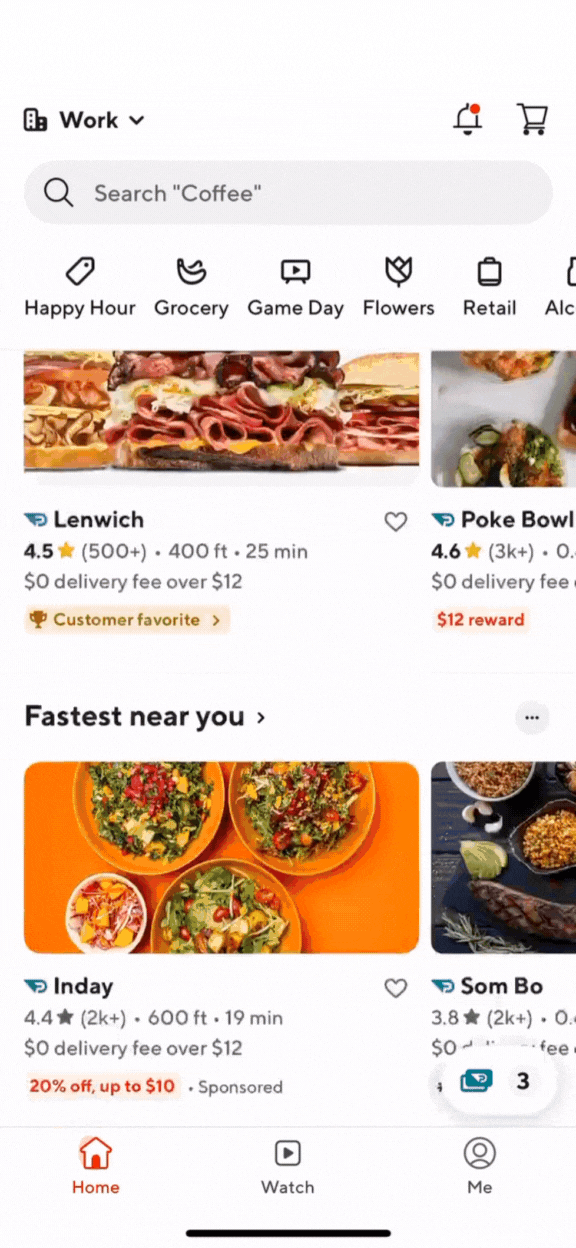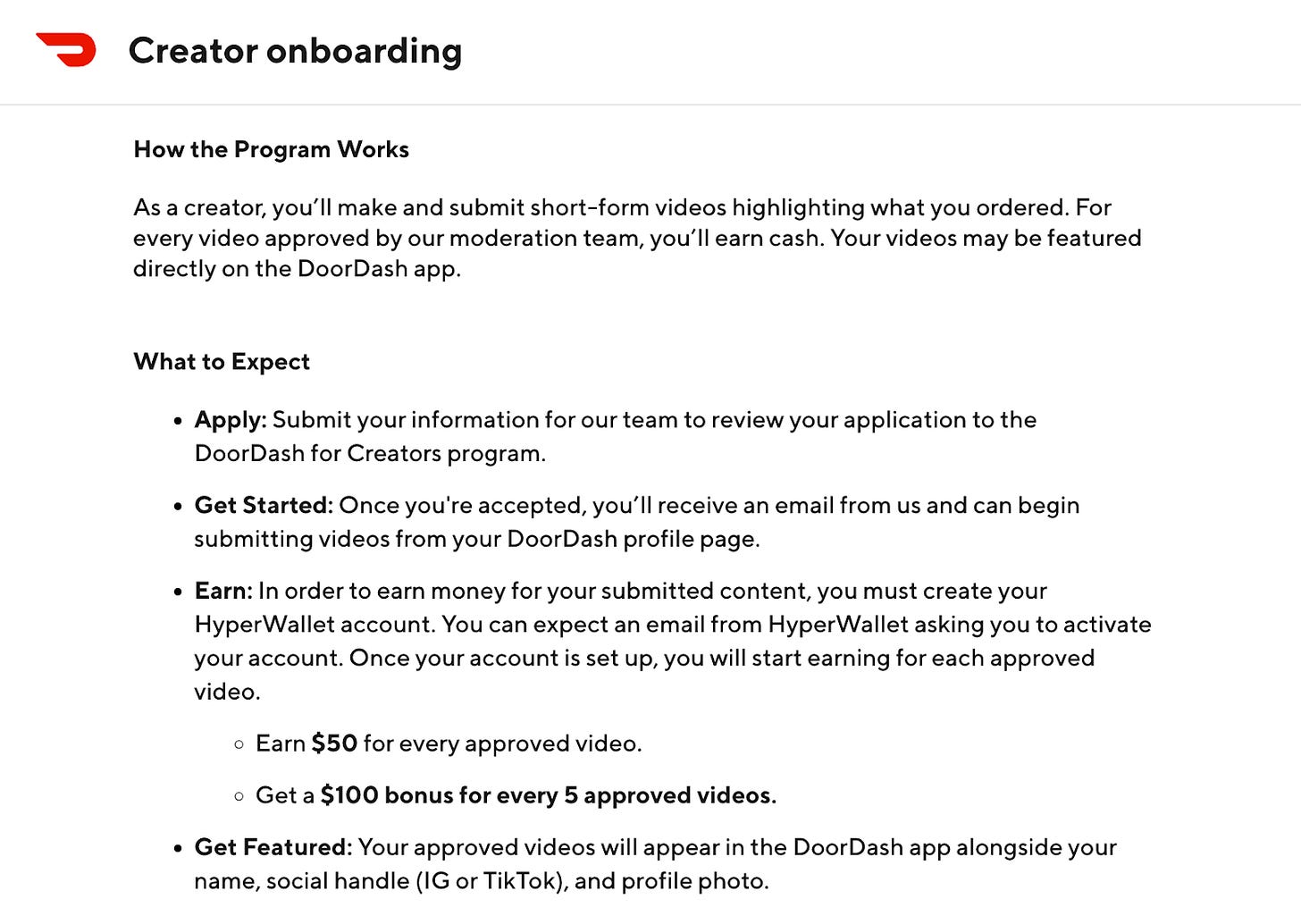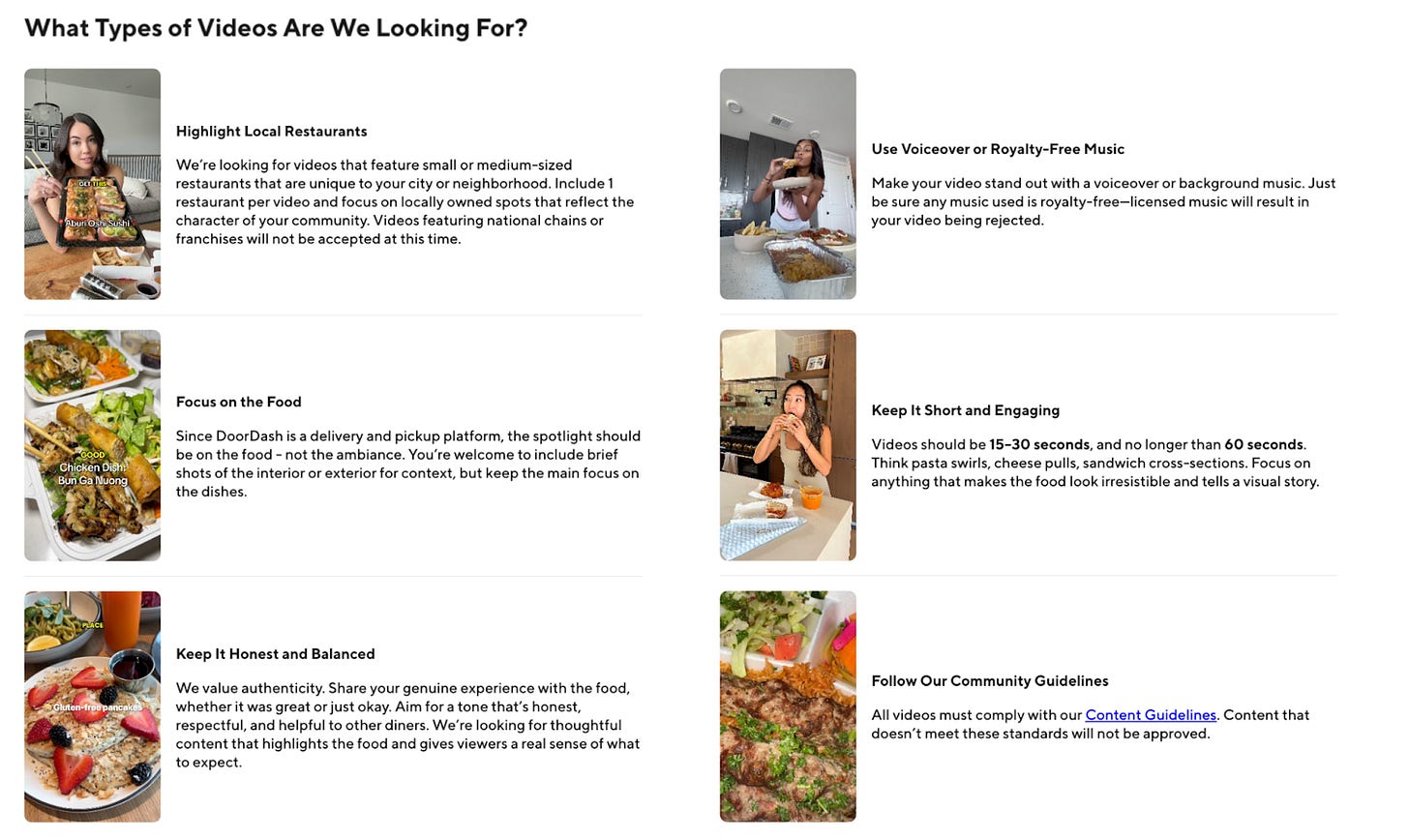Gourmet Grocers, Bear Cup Chaos, & DoorDash Influencers
Is Gen Z The Consumerism Final Boss? Ok, Boomer #11
The Hype & Hate Around Meadow Lane
If you’re over 40, Meadow Lane—the new gourmet grocer in Tribeca—probably looks like proof the world has officially lost the plot. People in $900 coats waiting in line for hours… to buy $15 gluten-free chicken nuggets and $12 grapes.
If you’re under 35, it looks more like: finally, New York has its own Erewhon, only this one has better lighting, curated shelving, and a full TikTok storyline.
Either way, Meadow Lane isn’t just a beautifully staged grocery store on a sunny Tribeca corner. It’s a case study in what young, vibe-driven, chronically online consumers actually value right now.
A Grocery Store Built Like a Reality Show
Founded by 28-year-old TikTok creator and billionaire heir Sammy Nussdorf (aka Brokeback Contessa), Meadow Lane had a cult following long before its November opening. For over a year, Nussdorf documented the entire build—test recipes, bureaucratic nightmares, floral installations, sample tastings, and emotional spirals over chicken salad.
Depending on where you live, let’s be clear: this is not your average Kroger, Publix, Whole Foods, or Albertsons. Meadow Lane is part gourmet deli, part curated pantry, part coffee/matcha/juice bar, part floral studio, and part merch drop.
By the time the doors opened, the store wasn’t so much launching as premiering its season finale. Nussdorf had essentially turned it into a reality show: “Come along while I open a gourmet grocery store.”
So when the line wrapped around the block, it wasn’t just for food. It was for the payoff of a storyline thousands of people had been following on their phones for months. Shoppers walked out with chicken salad in one hand and branded merch in the other—like they’d just left a concert, not a grocer.
So Why All the Hate?
The prices (in this economy?!)
It’s impossible to ignore the optics: rent is high, groceries are high, and here’s a store selling luxury pantry goods and double-digit produce.
The performance of it all
Many reviews describe Meadow Lane as “more scene than store.” People film their entire shopping experiences, post stories of branded juices, and treat the visit as content. It’s less errand, more event.
Well… the food
After just one weekend, Meadow Lane and its founder faced a wave of backlash. Early customers complained that the food didn’t justify the price or the hype—and a few even reported more serious issues: undercooked chicken tenders and unlabeled cheese in supposedly dairy-free or allergen-sensitive prepared meals.
These aren’t small slip-ups, especially for a business built on premium pricing and obsessive curation. But to their credit, both the brand and its founder have taken the criticism head-on—acknowledging mistakes publicly, fixing issues immediately, and treating the first week as a real learning curve instead of pretending everything is perfect.
What Does All This Tell Us About Today’s Young Consumers?
Experiences add value
Spending $15 on nuggets sounds insane… unless you view it as a ticket to a mini theme park: the line, the samples, the “hot bouncers,” the coffee, the tote bag, the TikTok you’ll make, the comments you’ll get, etc.
Curation is a luxury worth paying for
Meadow Lane’s one-brand-per-category strategy—just one tinned fish, one ice cream, one olive oil—solves a very online problem: choice overload. You’re not just buying groceries; you’re outsourcing decision fatigue to someone whose taste you trust because you’ve watched him obsess over leeks on TikTok for months.
Flexible frugality is the norm
Young consumers aren’t careless with money; they’re selective. They’ll trade down on boring purchases to trade up on “little luxuries” that feel like main-character moments—like a caviar-adjacent grocery run.
 Tiktok failed to load.
Tiktok failed to load.Enable 3rd party cookies or use another browser
Meadow Lane is undeniably a symbol of luxury in a city defined by inequality. Yes, a lot of the hype is performative. And yes, people really are spending rent-adjacent money on chicken salad and doing it all for the lore.
But this moment reveals something bigger—insights that matter for businesses and brands. Meadow Lane reflects what today’s consumers crave: curated choices, aesthetic experiences, and a little taste of luxury they can post about on a random Tuesday.
Bearish on Starbucks
Starbucks has had a rough few years with slumping sales, among many other highly publicized issues, sinking their stock price down 15% in the last year.
Bearista to the Rescue
On November 7th, the coffee giant dropped a limited-edition, bear-shaped glass cup they called The Bearista. This admittedly adorable cup instantly generated hype online from US consumers.
While Starbucks has always sold merchandise that generated buzz, the shaped character cup is a departure, at least in the US. Boba fans likely know that the tea shops have used cute, animal-shaped novelty cups for years to drive viral traffic. In fact, Starbucks has sold versions of the viral Bearista cup in Asia for years.
This introduction is yet another indicator that Starbucks is interested in bringing Asian menu innovation to the US market following their release of popping boba pearls in 2024.
Queue The Chaos
While the drop was intended to be a fun holiday moment, Starbucks clearly underestimated how much hype the $30 cup would drive. Customers lined up and camped out as early as 2:00 AM for a chance to get their hands on the limited edition cups.
Videos began circulating of fights and confrontations happening between customers over the limited amount of cups in stock. By 8:00 AM, they were listed by resellers on eBay for hundreds of dollars.
 Tiktok failed to load.
Tiktok failed to load.Enable 3rd party cookies or use another browser
The Fallout
The comments on videos posted by Starbucks fans were swift and decisive. Floods of “you’re a grown adult” and “consumerism final boss” took over the comments of nearly every video made on the topic. An apt response to the footage of grown adults screaming at minimum-wage baristas over a glass bear.
Brands had their fun at Starbucks’ expense by posting videos of drinks inside of bear shaped honey containers, highlighting how absurd the whole situation was.
DoorDash Creator Program
We covered the phenomenon of Gen Z Doomscrolling on DoorDash in June following the release of DoorDash’s short-form video feed. We’re now beginning to see the delivery company push harder in the space with their new “DoorDash Creator Program” that pays foodie influencers to crosspost their content on the DoorDash platform.
How It Works
Creators can upload videos highlighting the food from local restaurants and earn $50 per approved video, with a $100 bonus for every 5 videos approved — that’s up to $70 per video. Creators can also attach their Instagram or TikTok username to their videos, helping them gain additional exposure to their platforms.
The limited program is only available in select markets for now before a wider rollout. So far, small creators have been excited about the opportunity to get paid for videos they’re already making. Criticisms of the program have been that each video is manually approved, leading to long delays in approval and subsequent payment. This is likely due to humans reviewing each video using DoorDash’s list of requirements.
For years, restaurants have hosted influencers, giving them free meals in exchange for exposure on social media. Now, DoorDash is closing the loop. If a creator is already filming their dinner for TikTok, they can now upload that same video to DoorDash for a quick payday. For the restaurant, it boosts their presence on the delivery platform and helps drive sales.


